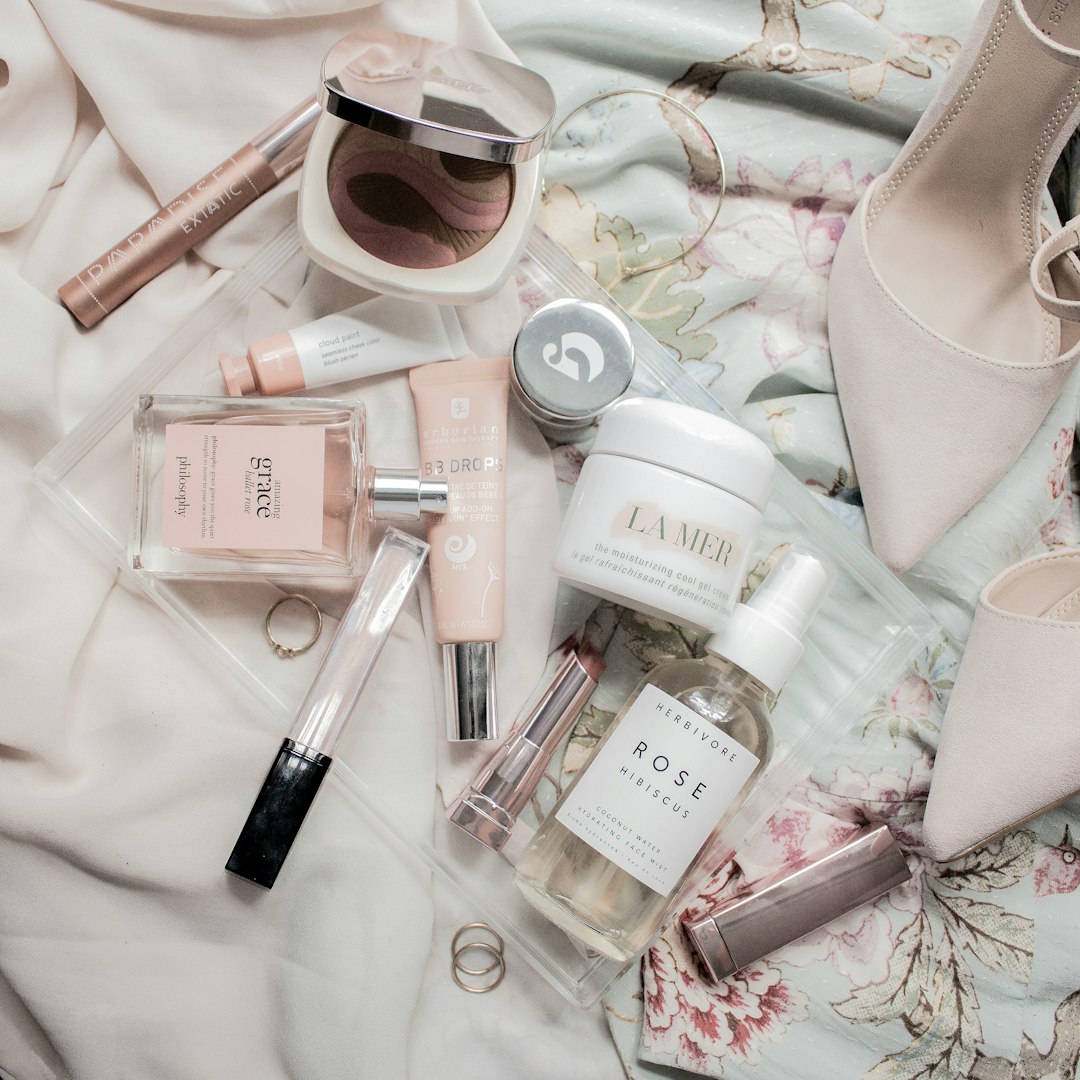Mastering the Art of Contouring: Tips and Techniques for Beginners
Contouring has become a popular trend in the beauty world, with celebrities and influencers showcasing their perfectly sculpted faces on social media. But let’s not be intimidated by their skills – anyone can learn the art of contouring with a little practice and some helpful tips. Whether you’re a beginner or have dabbled with contouring before, here are some techniques to help you achieve flawless results.
1. Understand your face shape: Before you start contouring, it’s important to know your face shape. Different face shapes require different contouring techniques. For example, if you have a round face, focus on creating angles to add definition to your cheekbones and jawline. For those with a square face, soften the sharp angles by blending the contour along the jawline and temples.
2. Choose the right products: To achieve a natural-looking contour, opt for matte bronzers or contour powders that are one or two shades darker than your skin tone. Avoid using shimmery or glittery products, as they may end up looking unnatural or overly-dramatic.
3. Start with a light hand: Contouring is all about building up the product gradually. Start with a light application and blend it well to avoid harsh lines. You can always add more pigment if needed, so it’s better to begin with a subtle contour and build it up gradually.
4. Blend, blend, blend: One of the most important techniques in contouring is blending. Use a fluffy brush or a damp beauty sponge to blend the contour into your skin seamlessly. This step ensures a natural and flawless finish, so don’t rush through it.
5. Highlight wisely: Along with contouring, highlighting is a crucial step to enhance your features. Use a lightweight, luminous concealer or highlighter to bring light to the high points of your face, such as the cheekbones, bridge of the nose, and brow bone. Remember, a little goes a long way, so avoid overdoing it.
6. Practice makes perfect: Don’t be disheartened if your first attempts at contouring don’t turn out exactly how you envisioned. Like any skill, contouring requires practice and patience. Take your time to experiment with different techniques and products until you find the ones that suit your face shape and skin tone.
7. Personalize your contour: Contouring is not a one-size-fits-all technique. Feel free to customize your contour based on your preferences and the occasion. If you want a more dramatic look for a night out, go a little heavier on the contour. For a natural everyday look, keep it more subtle.
Remember, contouring is meant to enhance your natural features, not completely transform your face. With these tips and techniques, you’ll be well on your way to mastering the art of contouring. So, grab your brushes, experiment, and have fun sculpting your way to a beautifully defined face.

